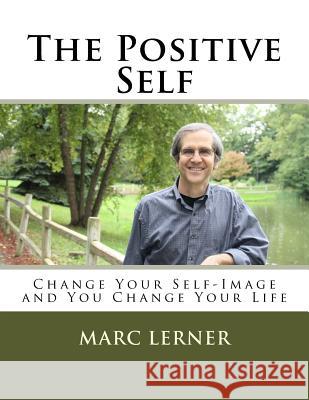The Positive Self » książka
The Positive Self
ISBN-13: 9781499264791 / Angielski / Miękka / 2014 / 124 str.
You are basically described by the way you think and by the way you act. This book is designed to have you consciously come from the best part of you. In this book, "The Positive Self," you develop habits that always have you come from a conscious place. We think to our self- image, so if you think to a negative self-image, you get negative thoughts and actions. You interpret your trauma negatively, which only adds to the problem. If you think to a positive self-image, you get positive responses, interpretations and actions. Your positive self is open to external help because it naturally falls back on consciousness, while the negative falls back on your conditioned habits. There is nothing that you identify with that can represent you as accurately as your self-image. The greatest tool for a person that deals with anxiety is to be able to control the self-image they identify with and the ability to switch it whenever they need to. Your self-image was formed by the way people related to you, for that taught you how to relate to yourself. Your self-image is at the center of every memory, every idea and every interpretation you make of your entire life. Simply changing your self-image from a negative to a positive will not take away anxiety or any trauma you may have experienced, but it will change the way you interpret what is going on. When a person has anxiety, they often have a difficult time concentrating. Over time, it is often the case that an anxious person develops a negative self-image. A positive self-image gives positive interpretations and perceives exactly what is. A negative self-image interprets based on past conditioning. A negative self-image is created by past conditioned habits. It is difficult for a negative self-image to be in the moment, for it associates every input to the past. Your entire character is a relationship between your positive and negative self-image. You can create valuable life skills through the interaction between your positive and negative self. For instance, the quality of confidence is the expression of your positive self being kind and loving to your negative self. This is where you find ways to deal with your anxiety by using inner strengths. A habit can be triggered by a word or phrase, so that when a person faces an anxious state of mind, they can say their trigger and at least interpret their situation from a conscious state of mind. Doctors and therapists directing their input to the positive self find their input received consciously. If they direct their input to the negative self, the input is received based on old habits the patient identifies with. The habits can be negative or positive, but they block you from being conscious in the moment. A patient connected to their positive self is more receptive and connected to powerful inner resources: a patient connected to their negative self is not open to new ideas and justifies their life from the way they were conditioned. The way you receive help is affected by what part of you, you think to. This book is also helpful for people that help other people. It could be doctors and therapists, teachers, parents those in a relationship, or anyone who consciously deals with others' personal development. Actually, the greatest use of the "Positive Self" is personal development. The real quality of life is when you look through the eyes of a conscious part of you. This book gives you the tools to develop conscious life skills, a positive perspective and the ability to better learn and correct yourself.
Zawartość książki może nie spełniać oczekiwań – reklamacje nie obejmują treści, która mogła nie być redakcyjnie ani merytorycznie opracowana.











